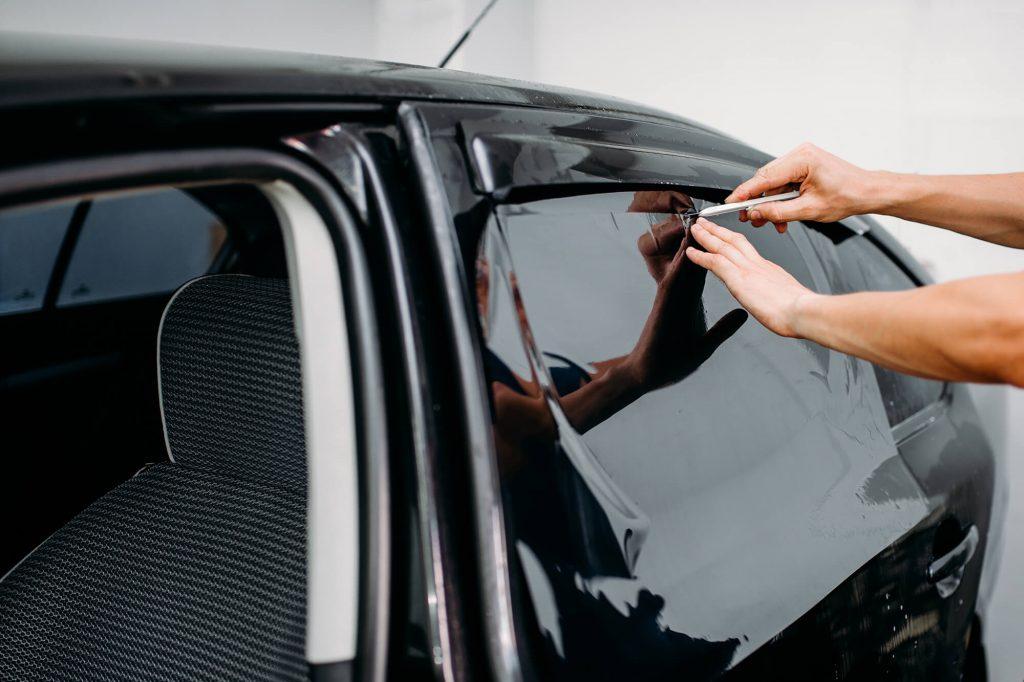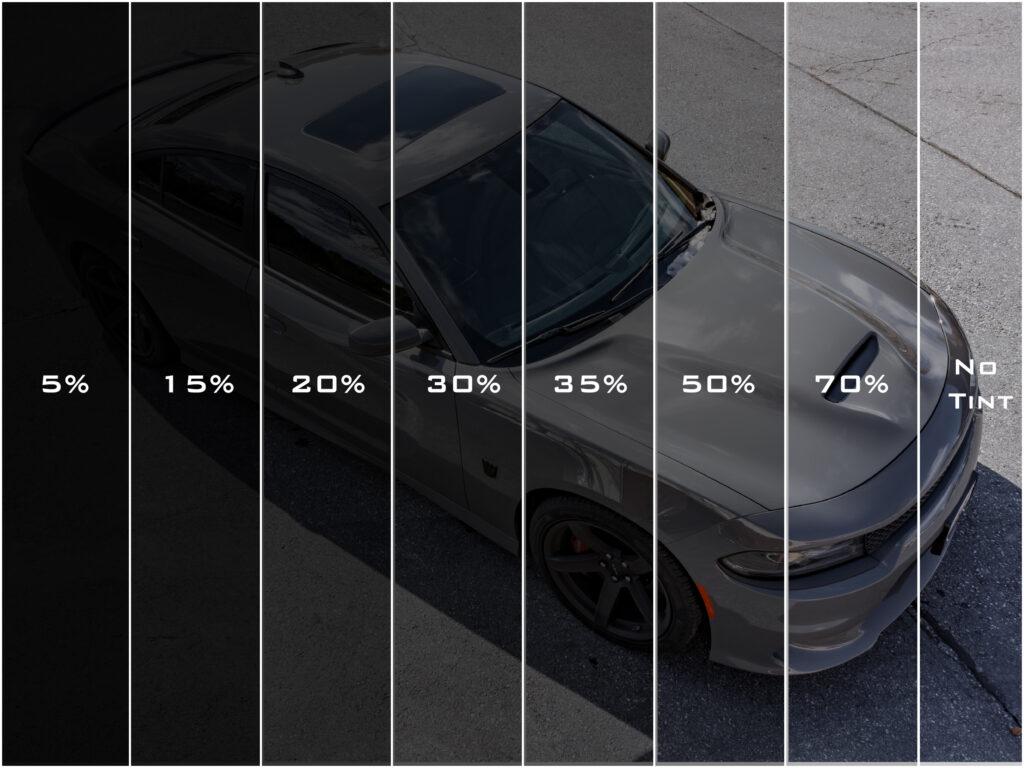Car window tint film adds individuality and refinement to any vehicle. Apart from providing excellent privacy, tinting also prevents up to 99 percent of UV rays, protecting both the passengers and the upholstery. But do you know the law for window tints in Hawaii? This blog will give you all you need about the regulations for window-tinted cars!
What are the purposes of window tinting?
The technique of darkening vehicle glass to minimize Visible Light Transference (VLT) the amount of visible light that goes through the glass is known as window tinting. The percentage of visible light (VL) going through determines VLT. The more VL it lets in, the higher the VLT.
Car owners have motivations for tinting their windows and acquiring high-quality window films. It could be for various reasons, including reducing the number of harmful UV rays, preventing heat from entering and harming the interior of their vehicles, or for safety considerations. Here are some of the most popular benefits of car tinting!

UV Ray Reduction
UV protection on the glass used on vehicle windows is usually the most basic form, which means UV rays can still get in through your window. UVA and UVB, which have distinct wavelengths, are the two types of UV rays that contribute to the risk of skin cancer. While most car windows protect UVB, they allow UVA to pass through.
Added Safety And Security
One of the most common reasons people tint their cars is to improve their privacy. Aside from greater privacy, various window tinting films can enhance the shatter resistance of your windows! The window tinting film will work to bind them together in the event of theft, or an accident. Tint films ensure that everyone and everything inside your car is protected in the event of a disaster!
Keeps Your Vehicle Looking Fresh
Tinting not only keeps your automobile looking fabulous on the exterior, but it also keeps it looking fantastic on the inside! Cars in good condition are worth money, and one method to keep yours looking good is to get it professionally cleaned!
Tint films may protect your upholstery from fading as well as give your vehicle a new look on the outside. Heat and UV rays can cause leather seats and other upholstery to fade over time because tinting films are often heat and UV-resistant.
Heat and Glare Reduction
Another popular purpose for tinting is to keep cars cool. When they’re out and about during the day, they must maintain their calm. When it comes to dealing with both heat and UV rays, you’ll need the best of the best for your car windows. An additional layer of protection would ensure that your vehicle could survive anything from heat reduction to scratch resistance.
However, because air conditioning uses a lot of energy, most people install tint films that focus on heat and UV rejection to reduce their consumption. They can enjoy driving more without spending more money if they have window tint film fitted on their automobile windows.
Why are heavily darkened window tints illegal?
Vehicles with heavily tinted windows pose a substantial safety risk to drivers and passengers.
Visibility is considerably limited, especially at night or in poor light, and drivers may not see other road users or pedestrians.
What are car window tint regulations in Hawaii?
According to https://www.tinting-laws.com/, Hawaii’s car window tinting restrictions started in 1989. There are also additional automobile window tinting rules and regulations in Hawaii, so be sure you study them all.
Visible Light Transmission (VLT) is the percentage of visible light allowed to pass through your car windows. In Hawaii, the portion of light permitted through your film and glass varies greatly between sedans, SUVs, and vans.

Darkening tint for sedans
- Only 4 inches of the windshield can be tinted, non-reflective tint is permitted.
- Front-side windows must let in at least 35% of the available light.
- Backside windows must let in at least 35% of the available light.
- Rear window: More than 35% of light must be allowed in.
Darkening tint for SUVs and vans
- Only 4 inches of the windshield can be tinted, non-reflective tint is permitted.
- Front-side windows must let in at least 35% of the available light.
- Any darkness can be utilized for the backside windows.
- Any blackness can be used for the rear window.
The consumer must have a certificate of conformity from the window tint installer. At all times, the certificate must be kept in the vehicle.
Tint reflection for sedans
- Front side windows: No shiny or mirrored effect.
- No shiny or reflective appearance to the backside windows.
For SUVs and vans, tint reflection
- No shiny or reflective appearance to the front side windows.
- No shiny or reflective appearance to the backside windows.
Source: https://www.tinting-laws.com/hawaii/
Copyright © Tinting Laws.com
What is the penalty for illegal tinting in Hawaii?
In Hawaii, breaching any of these prohibitions currently carries a $297 penalty per window.
Window tinted gives your vehicle and car owners many benefits! Before deciding on window tinting, make sure you verify the regulations because it’s crucial to your decision! We are Love’s Auto Detail at 2045 lauwiliwili st. Building 4 Kapolei HI, 96707, or you can make an appointment with us via (808) 628-0134!

